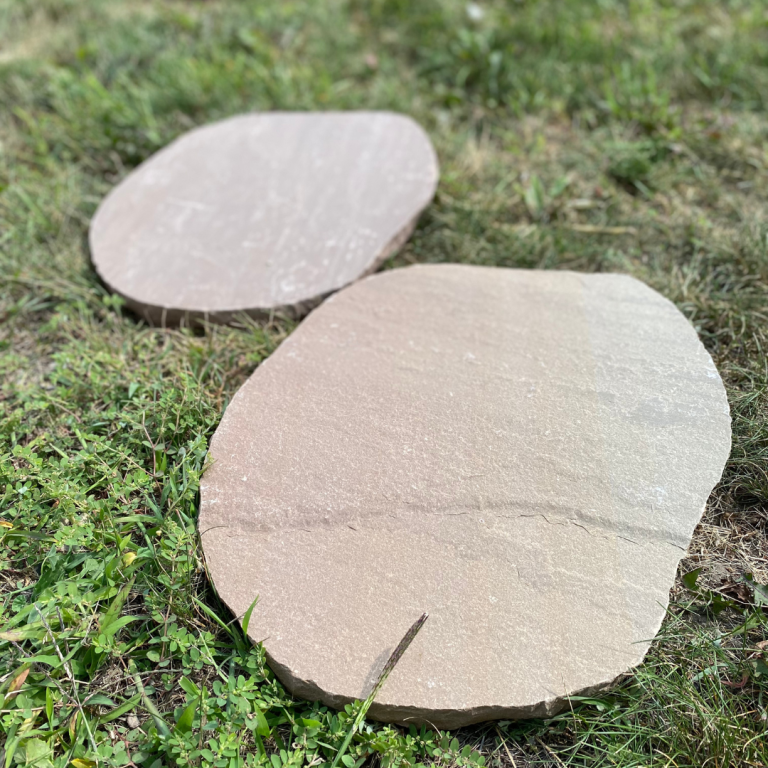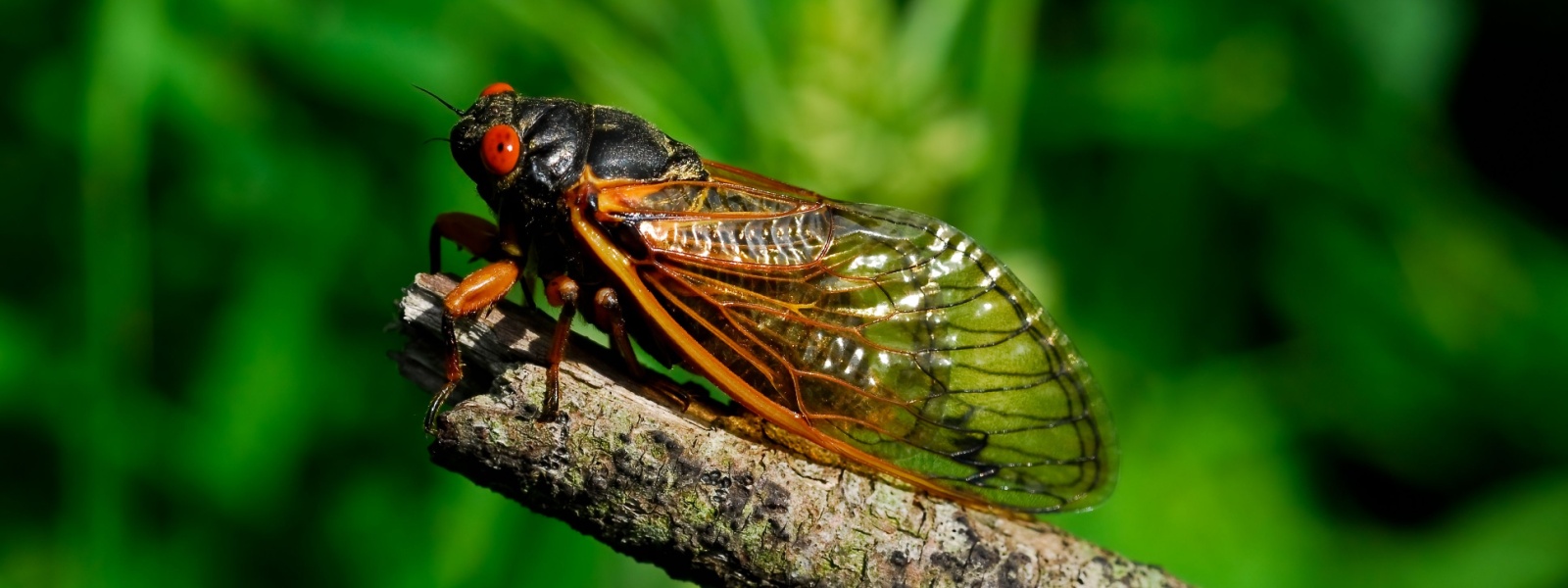



Introduction
As we approach 2024, the periodic emergence of cicadas promises a significant natural event that will captivate and challenge gardeners across various regions. This article delves into the lifecycle of cicadas, their impact on gardens, and effective strategies to mitigate any potential harm to your beloved green spaces.

What Are Cicadas?
Cicadas are notable for their cacophonous mating songs, which are especially prominent during mass emergences. They fall into two categories: annual cicadas and periodical cicadas, the latter of which emerge in synchronized 13- or 17-year cycles and are particularly famous for their dramatic population sizes.
The Lifecycle of Cicadas
Spending the majority of their lives underground, cicadas feed on sap from tree roots as nymphs. In their final year, they surface en masse, climb nearby vegetation, and undergo a final molt into adulthood, initiating their brief but memorable mating season.
When and Where to Expect Them
In 2024, many U.S. states, especially in the East and Midwest, will experience the emergence of periodical cicadas. This phenomenon typically occurs in late spring, with the timing influenced by soil temperatures reaching about 64°F.
Behavioral Traits During Emergence
After surfacing, cicadas engage actively in mating and egg-laying, creating a pervasive buzz that characterizes their presence. This period lasts about 4 to 6 weeks, after which the adults die, and the next generation begins their life underground.
Targeted Plants
Juvenile trees and fruit trees are particularly susceptible to cicada activity. These plants typically have smooth bark, trunks less than 3 inches in diameter, and are less than 4 years old. The branches of these young trees are often ½ inch or less in diameter, making them prime sites for cicada egg-laying.
Damage Severity
While cicadas can cause branches to die back, they generally do not kill the plant. These insects are not “chewing” pests; they do not target leaves as they lack the mouthparts necessary for chewing. Instead, female cicadas cut slits into the softer bark of tree limbs to lay their eggs, which can lead to branch dieback and, in young fruit trees, affect structural branches like scaffold branches, potentially reducing early productivity.
Preventative Measures
To protect vulnerable plants, gardeners can use ¼ inch netting or tulle fabric, which resembles a ballerina’s tutu, to cover new plantings before cicadas emerge. While spraying insecticides is generally discouraged due to their limited effectiveness, for high-risk or newly planted young fruit trees, products like Bonide’s “Captain Jack’s Dead Bug Brew” may be used if there is significant egg-laying activity. It’s advisable to monitor the trees every 2-3 days and reapply insecticide based on the observed egg-laying productivity.
Protecting Young Trees and Plants
Utilizing netting is the most effective method to protect young and vulnerable trees during the cicada emergence. Chemical treatments are less favored but can be considered in specific, high-risk situations as detailed above.
Landscape Planning
Postponing significant landscaping activities such as pruning or extensive planting until after the cicada emergence can prevent unnecessary damage and stress to plants.
Long-Term Effects and Benefits
Benefits to the Ecosystem
Despite the immediate concerns, cicada emergences contribute positively to ecosystems. The natural pruning from egg-laying can lead to more robust growth in subsequent years, and the decomposition of cicada bodies significantly enriches the soil.
Challenges and Management
After the emergence, it’s crucial to assess and manage any damage promptly to ensure a quick and healthy recovery of affected plants.
Conclusion
The 2024 cicada emergence presents both a challenge and an opportunity for gardeners. By understanding the cicada lifecycle and preparing adequately, gardeners can minimize damage and even benefit from this natural phenomenon.